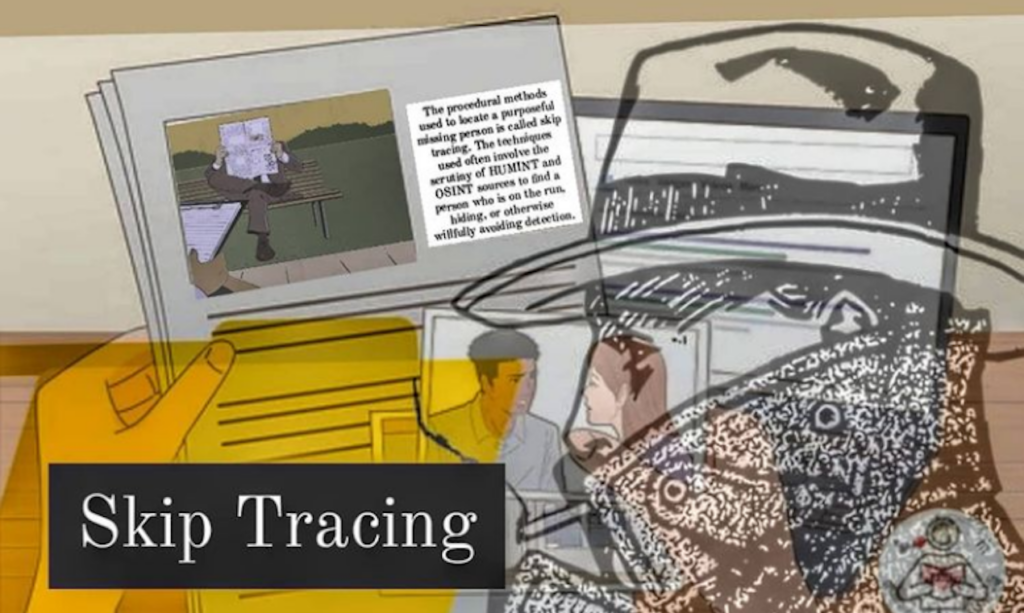BLUF: The procedural methods used to locate a purposefully missing person is called skip tracing. The techniques used often involve the scrutiny of HUMINT and OSINT sources to find a person who is on the run, hiding, or otherwise willfully avoiding detection.
Skip tracing has long been associated with bounty hunters and private investigators. It’s often offered as a contracted job for hire by parents looking to find a runaway teenager or ex-spouse. Debtors or courts often use this tactic to recover an unpaid debt or locate a key witness. Real-estate agents conduct skip tracing to find potential buyers while genealogical services similarly track down long lost relatives. From dumpster diving to app trackers (COVID-19 Contact Tracing) you can expect someone is always looking to follow your steps though not always for deviant means.
There are endless reasons to conduct a skip trace but it’s also important to know how it’s done so you can avoid leaving puzzle pieces behind that others could use to find you (or doxx you). Here’s what you examine,
》HUMINT Sources
- Friends
- Associates
- Co-Workers
- Family
- Service Employees and Contractors (such as the target’s local coffee shop barista or the target’s tax attorney).
- Disconnected sources (such as the friend of a family member or the wife of a friend).
》OSINT, Online Databases, Refuse Discards
- Phone number directories
- Credit reports
- Social media
- Credit card applications
- Job applications
- Criminal background checks
- Loan applications
- Utility bills
- Public tax information
- Public records databases
- Courthouse records
- Department store loyalty cards
- Air travel records
- Driver’s license/vehicle registration departments
Next, the information is analyzed for relevance, reduced for potential actionable intel, and verified for accuracy. A “murder board,” spreadsheet, or series of notes are used to connect the information and associate geographical regions to the target. Learning the target’s operational environment (OE) can reveal their avoidance capabilities and more sources for scrutiny. The end goal is to locate the target. What comes afterwards is dependent upon the reason and intent for initiating the skip trace.
This article was originally written by the Grayman Briefing. Stay in the know, sign up for Intel and Situational Awareness alerts pushed to your phone on emerging threats and preparedness warnings. Click HERE to subscribe to the Grayman Briefing.


